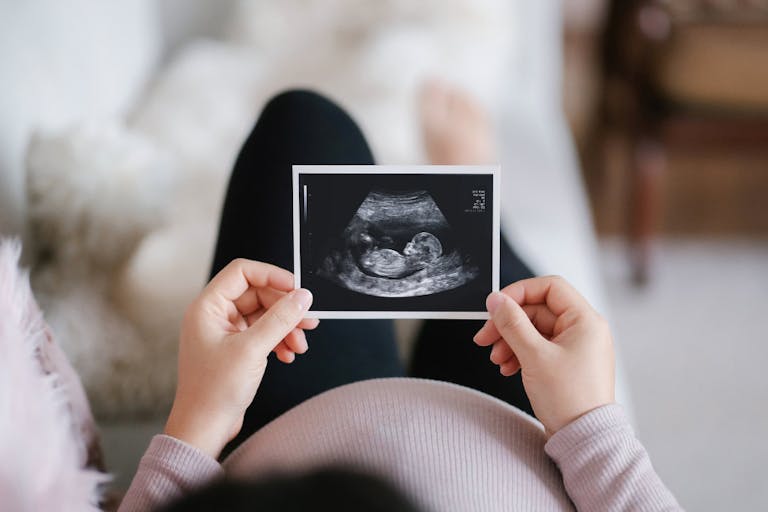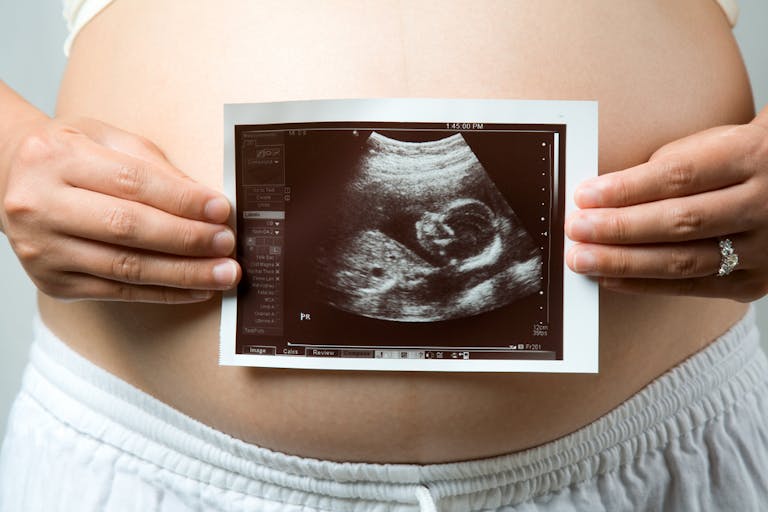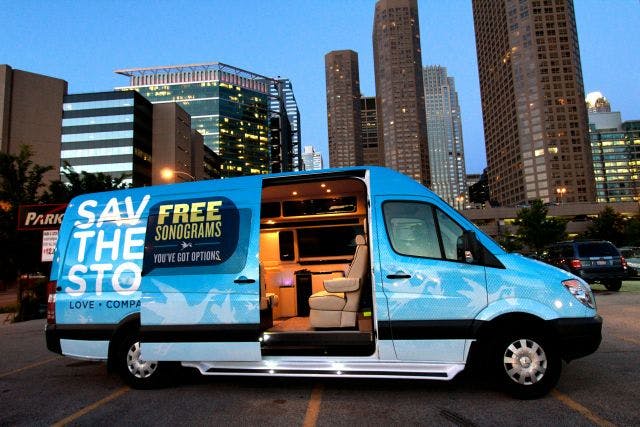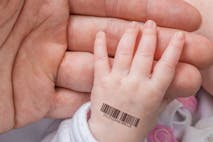
Biased report attacks pregnancy centers for their online outreach to women
Kim Roberts
·
Issues·By Christina Marie Bennett
How ultrasounds are shaping women’s views on abortion
“Can’t choose abortion now.”
Those were the words written on a feedback form after a young woman had a no-cost ultrasound at our pregnancy center. She came into the center undecided, but the pictures of her preborn child on the screen helped her make the decision to parent.
I recently spoke to a woman who had an ultrasound at her OB/GYN, but struggled to view the images. She is pregnant with 13-week twins, and after the ultrasound, she scheduled to abort them. She couldn’t go through with it, though, so she skipped her appointment and came to our pregnancy center instead.
The question of whether or not ultrasounds make a difference to women considering abortion and how they influence the world’s view of preborn life is the subject of a recent Cosmopolitan article. Writer Mattie Kahn asks the question, “Are ultrasound photos affecting abortion rates?”
The article is a response to statements made by Ashley McGuire, a senior fellow at the Catholic Association. In an op-ed for USA Today titled, “The Ultrasound Generation,” McGuire made the claim that the pro-life movement is growing younger and stronger in thanks to an increase in ultrasound imagery and widespread social media.
I would answer Kahn’s question by sharing some encouraging statistics. CareNet is a non-profit network that has 1,100 pregnancy centers in rural and urban areas. In their most recent report, they stated that in the last seven years, CareNet centers provided 698,649 ultrasounds – free of cost to women in need – and have a recorded number of 388,691 saved preborn lives.
Since providing ultrasounds is one of CareNet’s most popular services, one could conclude the service was a major contributor to women choosing to parent.
Ultrasounds are more accessible than ever before. I had the pleasure of taking a tour of a Save the Storks mobile ultrasound van. The gorgeous van will be used to travel near abortion clinics and offer free ultrasounds. As I sat in the van, I heard a video state that 3 out of 5 women who have an ultrasound in a Save the Storks van choose life for their child.
Article continues below
Dear Reader,
In 2026, Live Action is heading straight where the battle is fiercest: college campuses.
We have a bold initiative to establish 100 Live Action campus chapters within the next year, and your partnership will make it a success!
Your support today will help train and equip young leaders, bring Live Action’s educational content into academic environments, host on-campus events and debates, and empower students to challenge the pro-abortion status quo with truth and compassion.
Invest in pro-life grassroots outreach and cultural formation with your DOUBLED year-end gift!

An increase in technology also makes it easier for pregnant women to see imagery of preborn children. I spoke to an older post-abortive woman who regretted the abortion she had in her youth. In a high school health class she was taught that a fetus was “just a blob of tissue” and a “clump of cells.” So when she became pregnant later, she used that information to justify her abortion.
Thankfully women in this generation have access to information at their fingertips. A pregnant woman can pull up an image of an 8-week-old preborn child on her phone in mere minutes.
In Kahn’s article, she shares a 2015 study circulated in Computers in Human Behavior, which revealed that “virtual empathy was positively correlated with real-world empathy.” Kahn writes, “It’s possible that a person could feel for a fetus she saw on a computer screen.” As the pro-life movement continues to share imagery of preborn children people will grow to value their humanity.
Kahn shares research from Dr. Katrina Kimport, a faculty member at the University of California, San Francisco, who specializes in researching women’s experience regarding abortion.
Dr. Kimport discovered that around 42 percent of women who get an abortion in a state that gives them the option to view their ultrasound, will do so. She also stated that women under 25 are more likely to want to see the images. However, in a study of over 15,000 abortion visits in a year, she reports 85 percent of the women who were “highly certain” they wanted to abort said the ultrasound didn’t have an impact on their plans.
In response to the research R. Albert Mohler Jr. president of The Southern Baptist Theological Seminary said:
If the researchers were really interested in an empirical dimension to this issue, they might have considered how to get a broader sampling of women seeking or considering an abortion. By the time a woman is inside a Los Angeles area Planned Parenthood clinic, she has probably for all intent and purposes already made the decision to get the abortion.
The study, therefore, may not show a true picture…However, if it does, then it tells us something. Human beings have a way of overcoming moral defenses … Human beings may have their moral sensitivities changed for some time by looking at an ultrasound image. But in the culture of death and in the increasing subversion of human dignity, it may well be that the moral impact of that ultrasound image fades or decreases over time. I sincerely hope not.
My experience working with women seeking abortion has shown me ultrasounds are a great tool in helping a woman make a pregnancy decision. However, things such as emotional support, material resources, assistance with finding quality housing/employment and a loving community are just as important.The pro-life movement must use all the resources we can to assist women making pregnancy decisions.
Live Action News is pro-life news and commentary from a pro-life perspective.
Contact editor@liveaction.org for questions, corrections, or if you are seeking permission to reprint any Live Action News content.
Guest Articles: To submit a guest article to Live Action News, email editor@liveaction.org with an attached Word document of 800-1000 words. Please also attach any photos relevant to your submission if applicable. If your submission is accepted for publication, you will be notified within three weeks. Guest articles are not compensated (see our Open License Agreement). Thank you for your interest in Live Action News!

Kim Roberts
·
Politics
Cassy Cooke
·
Guest Column
Right to Life UK
·
Issues
Angeline Tan
·
Issues
Bridget Sielicki
·
Issues
Nancy Flanders
·
Human Interest
Christina Marie Bennett
·
Media
Christina Marie Bennett
·
Activism
Christina Marie Bennett
·
Issues
Christina Marie Bennett
·
Activism
Christina Marie Bennett
·